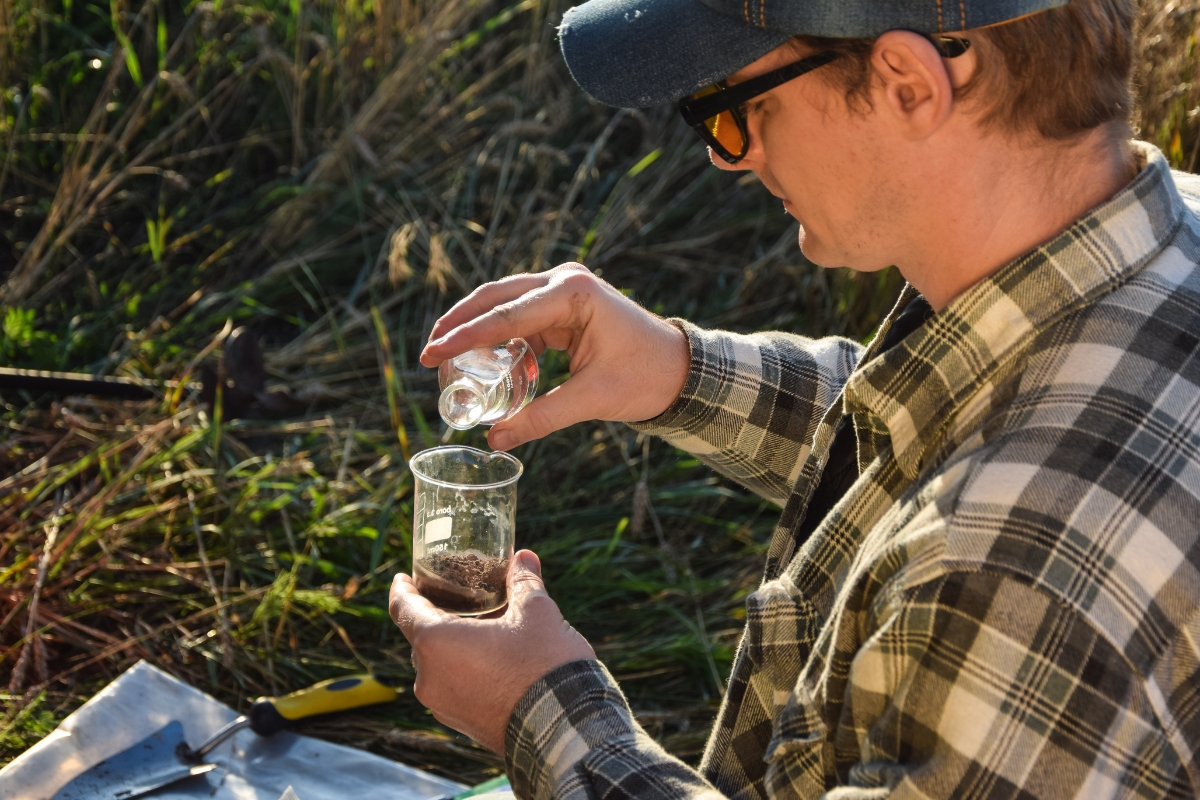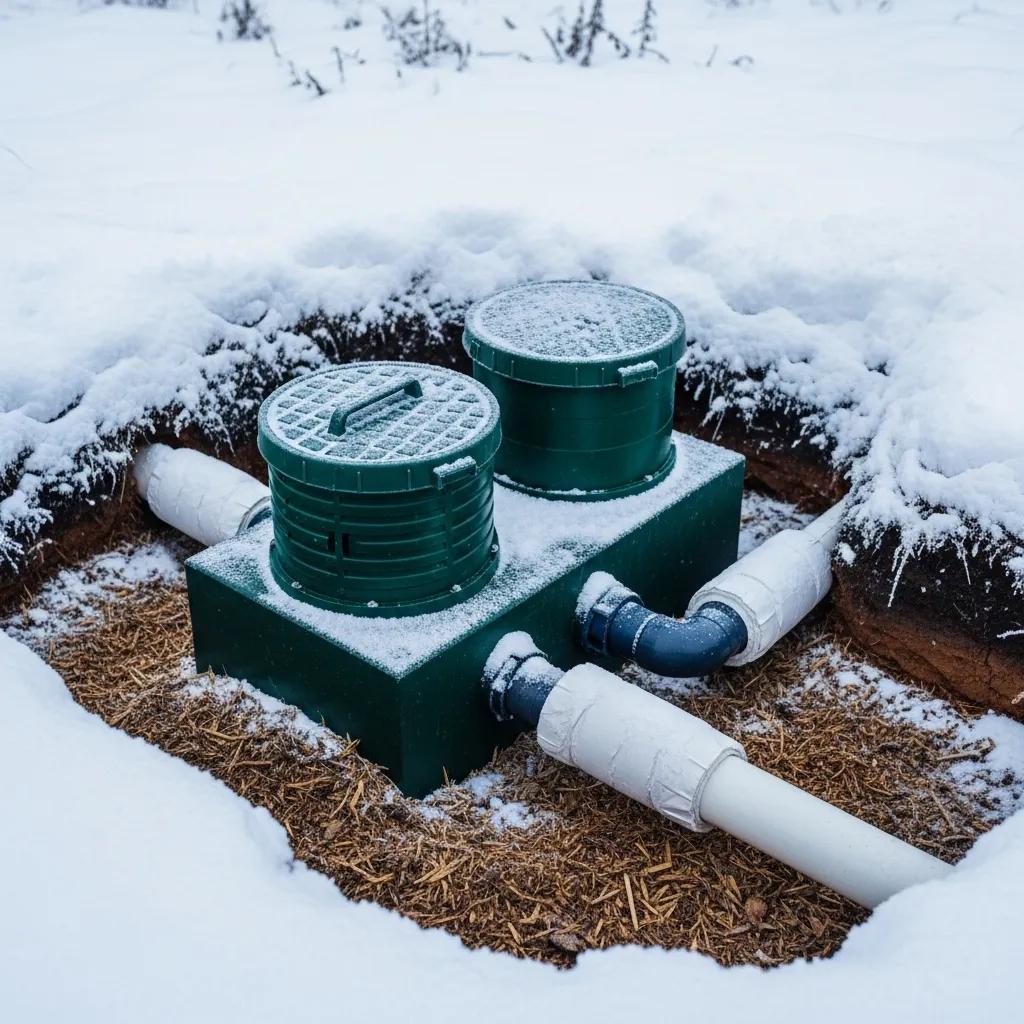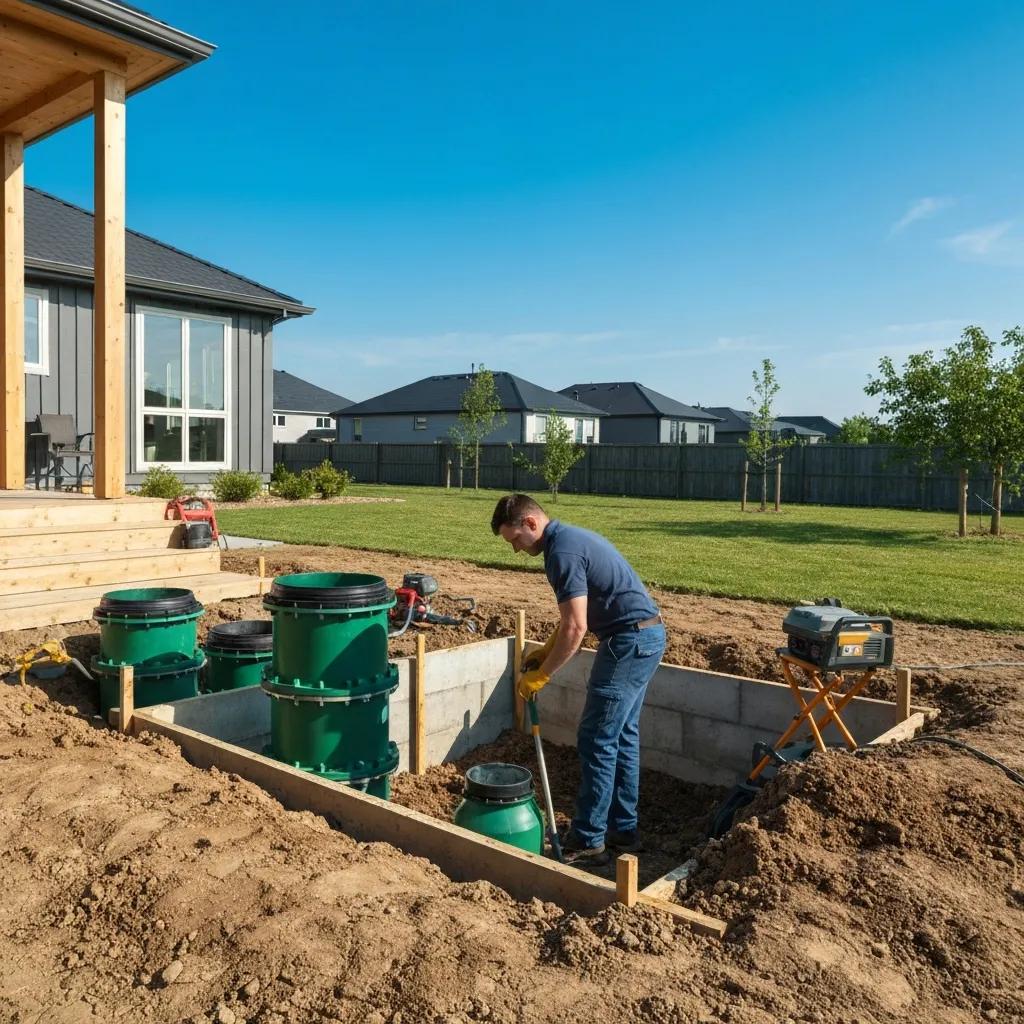Effective sanitation is crucial for maintaining a healthy and safe living environment, and a well-functioning septic system plays a vital role in achieving this. One of the key components to ensuring the efficiency and longevity of a septic system is proper soil testing.
Soil testing helps determine the suitability of the soil for waste absorption and treatment, preventing potential system failures and environmental contamination. In this guide, we’ll explore the importance of soil testing for septic systems and provide insights into how it can enhance sanitation.
From understanding the testing process to interpreting results and implementing best practices, this guide will equip homeowners and professionals with the knowledge needed to ensure their septic systems operate optimally. Whether you’re installing a new system or maintaining an existing one, get ready to learn how effective soil testing can lead to better sanitation and a healthier environment.
Soil Testing for Septic Systems: Why It Matters
The Importance of Soil Testing for Septic Systems
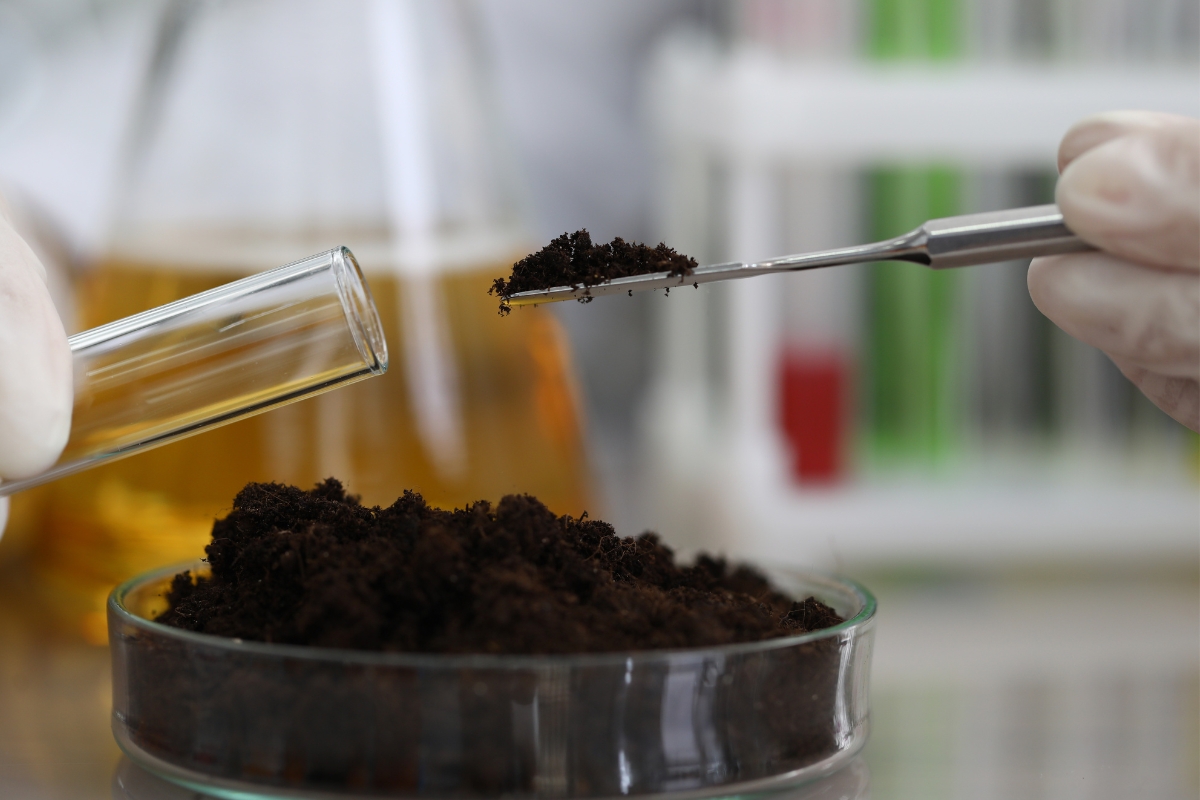
Soil testing for septic systems is not just a recommended step; it is an essential one. Understanding the significance of soil testing can help homeowners make informed decisions about their septic system installation and maintenance. By assessing the soil composition and its impact on septic systems, individuals can ensure that their wastewater is treated effectively and does not pose a risk to the environment or public health.
Once household wastewater enters the septic system, it goes through a natural treatment journey within the soil. Acting as a natural filter, the soil plays a crucial role in eliminating harmful bacteria, viruses, and contaminants from the water before it percolates down to groundwater reservoirs or adjacent water bodies. Nevertheless, the effectiveness of this filtration process varies depending on the type of soil in place.
Certain soil types have better drainage capabilities and higher organic matter content, making them more suitable for septic systems. On the other hand, soils with poor drainage or high clay content may impede proper wastewater treatment and increase the risk of contamination. This is where soil testing becomes crucial.
By conducting soil tests before installing a septic system, professionals can assess the suitability of a location based on its soil composition. These tests provide valuable information about factors such as permeability, texture, compaction, and nutrient content. This data helps determine whether a particular site is suitable for installing a septic system or if additional measures need to be taken to ensure proper wastewater treatment.
Understanding Soil Composition and Its Impact on Septic Systems
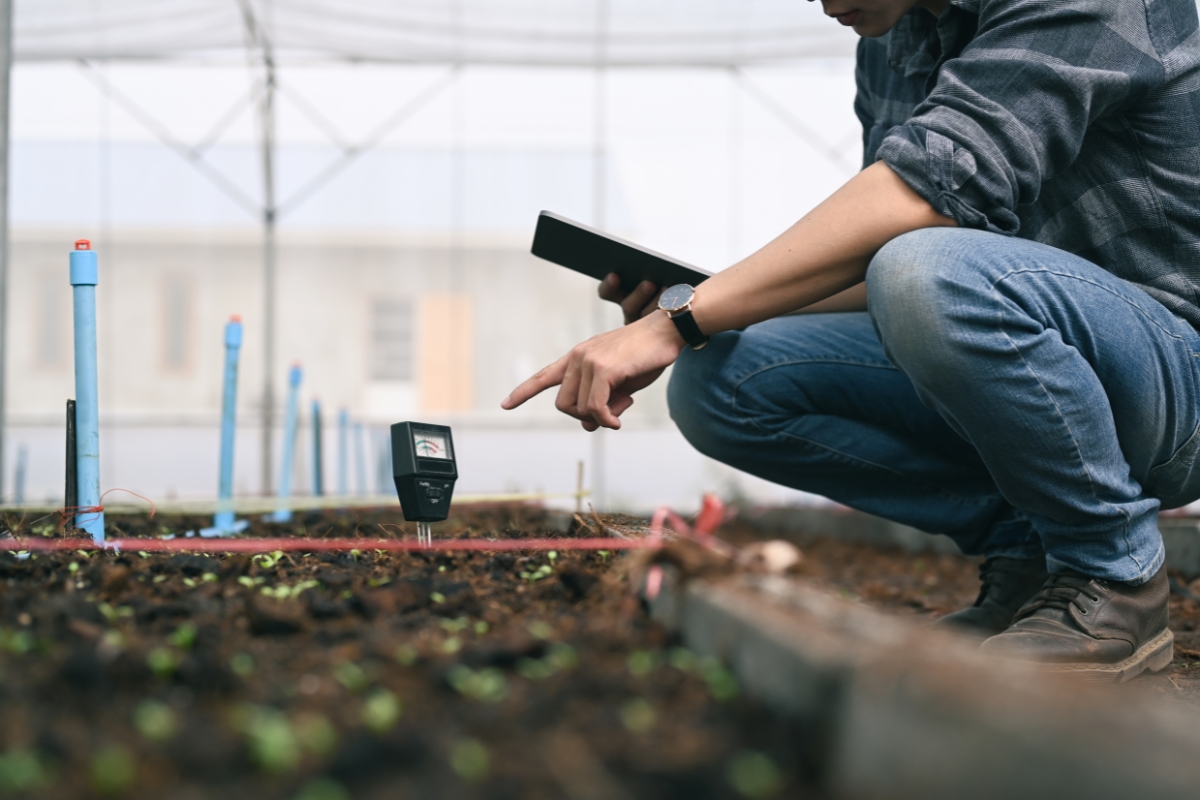
To fully grasp why soil testing is vital for septic systems, it’s essential to understand how different soil compositions affect their performance. Soil consists of various components such as sand, silt, clay, organic matter (humus), air spaces (pores), and living organisms like bacteria and fungi.
The composition of the soil, specifically the mix of sand, silt, and clay particles, determines its texture. With its larger particles, sandy soil excels in drainage, facilitating water flow and minimizing surface accumulation. Conversely, clay soil, characterized by finer particles, tends to retain water, necessitating careful drainage strategies to prevent waterlogging.
The presence of organic matter in the soil is also crucial for septic system performance. Organic matter acts as a sponge, absorbing and retaining moisture while providing nutrients for beneficial bacteria that aid in wastewater treatment. Soils with higher organic matter content generally have better drainage and treatment capabilities.
Another factor to consider is soil compaction. Compacted soils have reduced pore spaces, limiting water movement and inhibiting proper wastewater treatment. Soil testing helps identify areas with compaction issues so that appropriate measures can be taken to improve soil structure.
How Soil Testing Determines the Suitability of a Location for a Septic System
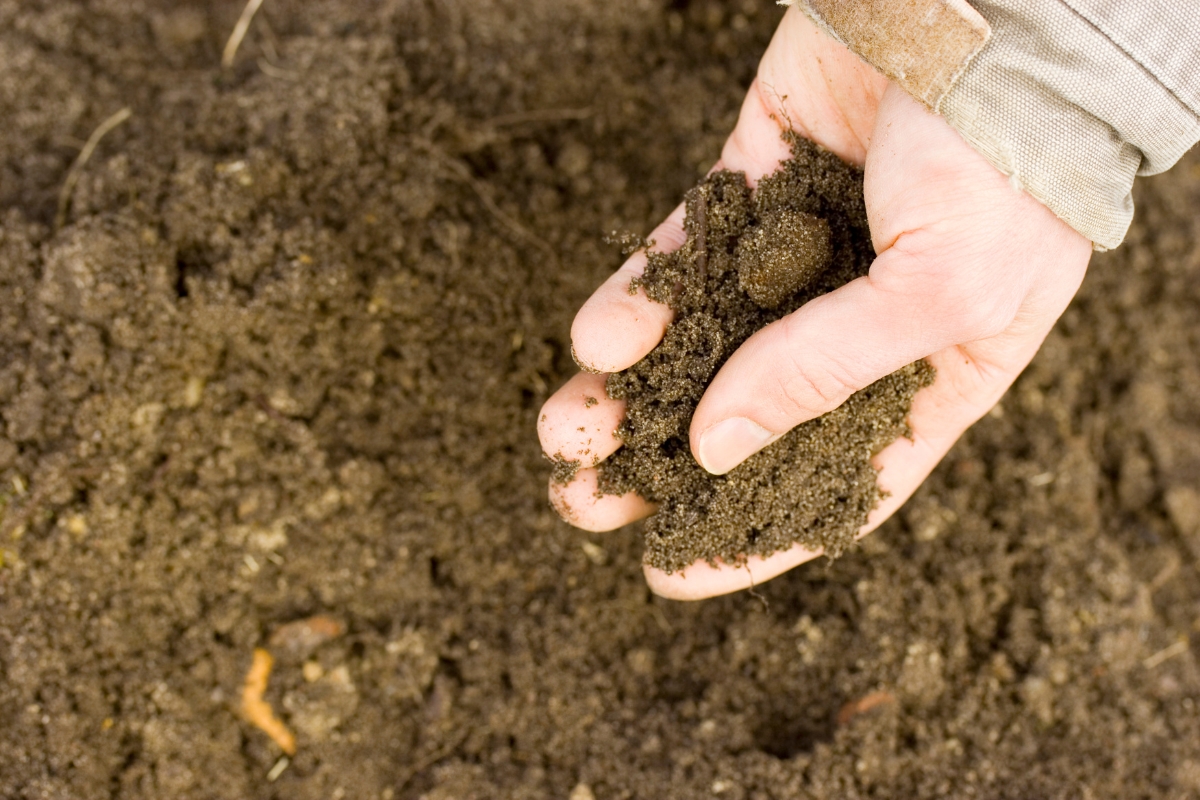
Soil testing involves collecting samples from different depths at the proposed septic system location and analyzing them in a laboratory. These tests provide valuable insights into soil characteristics that directly impact septic system performance.
One of the primary parameters assessed during soil testing is permeability or hydraulic conductivity. Permeability measures how quickly water can move through the soil. It determines how well the soil can absorb wastewater without becoming saturated or causing backups.
During a typical soil test, a hole is dug at the site where the septic system will be installed, and samples are collected from different horizons or layers within the hole. These samples are then analyzed to determine their permeability rates using methods such as percolation tests or hydraulic conductivity tests.
The results of these tests help professionals determine whether a particular location is suitable for installing a septic system. If the soil has high permeability rates, it indicates good drainage capabilities and suggests that wastewater will be adequately treated before reaching groundwater sources.
On the other hand, if the soil has low permeability rates, it may indicate poor drainage and the need for additional measures such as installing a mound system or using advanced treatment technologies. Soil testing provides valuable information that guides decision-making and ensures the long-term functionality of septic systems.
Types of Soil Tests for Assessing Septic System Viability
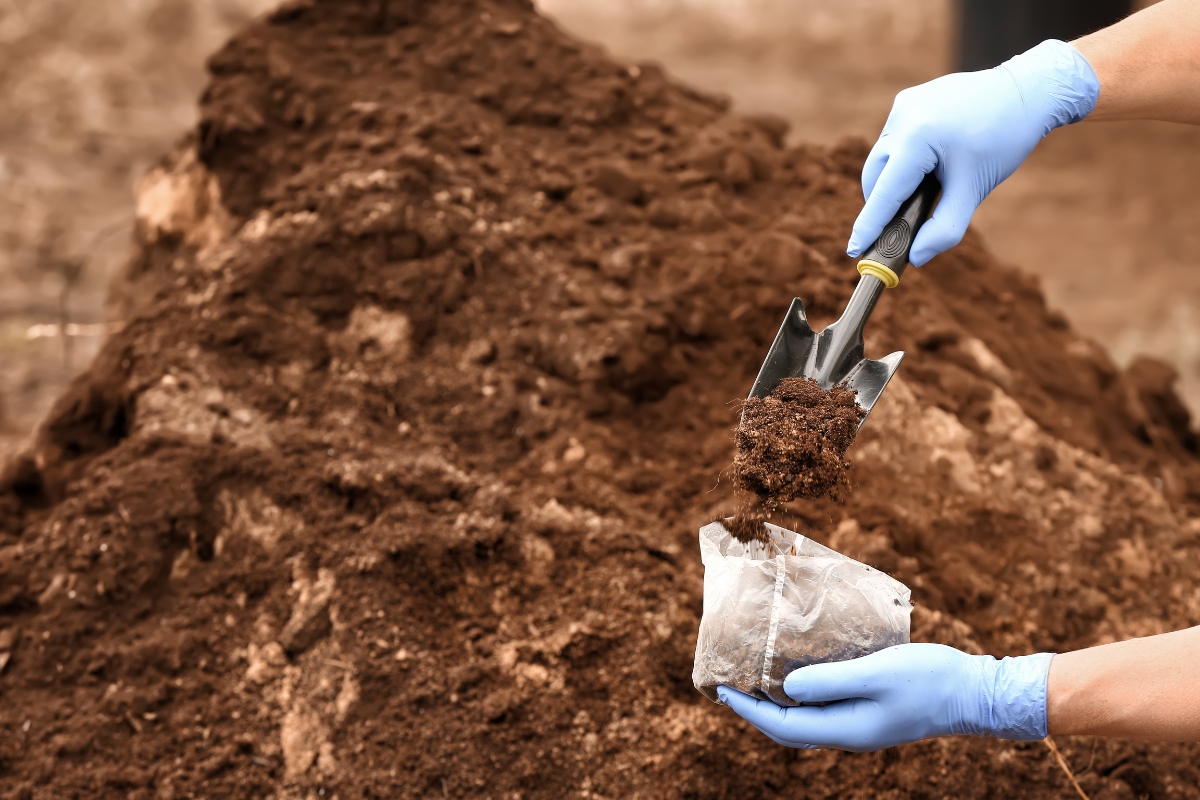
Several types of soil tests are commonly used to assess the viability of a location for septic system installation. These tests provide information about soil composition, permeability, compaction, and other factors that influence septic system performance. Let’s explore some of the most common soil tests conducted during the site evaluation process.
- Percolation Test (Perc Test): The percolation test measures how quickly water can infiltrate into the soil from a standard-sized hole dug at the proposed septic system location. This test helps determine the soil’s ability to absorb wastewater and is often used to size conventional gravity-based septic systems.
- Soil Texture Analysis: Soil texture analysis involves determining the relative proportions of sand, silt, and clay particles in a soil sample. This information helps classify soils into different textural classes (e.g., sandy loam, silty clay) and provides insights into their drainage capabilities.
- Compaction Testing: Compaction testing assesses how densely packed or compacted the soil is at a particular location. It helps identify areas with poor soil structure that may impede proper wastewater treatment or cause drainage issues.
- Nutrient Analysis: Nutrient analysis determines the nutrient content in the soil, particularly nitrogen and phosphorus levels. Excessive nutrient levels can lead to groundwater contamination or contribute to algal blooms in nearby water bodies.
These are just a few examples of the many soil tests available for assessing septic system viability. Depending on local regulations and specific site conditions, additional tests may be required to ensure proper wastewater treatment and environmental protection.
Best Practices for Conducting Soil Testing for Septic Systems
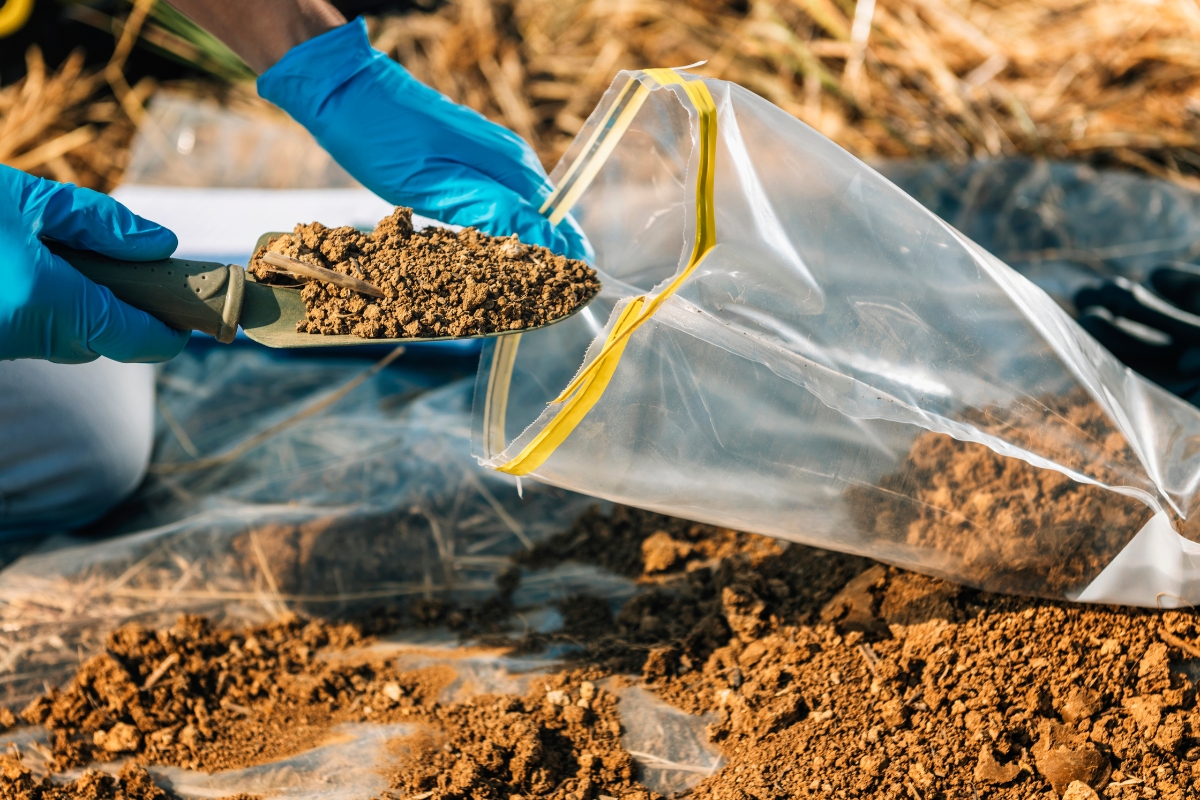
To ensure accurate results and reliable assessments, it is essential to follow best practices when conducting soil testing for septic systems. Here are some key considerations:
- Engage a Professional: Soil testing should be conducted by qualified professionals with expertise in septic system design and installation. They have the knowledge and experience to collect representative soil samples, perform accurate tests, and interpret the results correctly.
- Test Multiple Locations: It is advisable to test multiple locations within the property to identify areas with varying soil characteristics. This helps determine the most suitable location for installing the septic system and avoids potential issues associated with unsuitable soils.
- Consider Site-Specific Factors: Factors such as slope, proximity to water bodies, and local regulations should be taken into account during soil testing. These factors can influence septic system design requirements and determine whether additional measures are needed to protect the environment.
- Regularly Monitor Soil Conditions: Soil conditions can change over time due to factors like weather patterns, vegetation growth, or changes in land use. Regular monitoring of soil conditions can help identify any changes that may affect septic system performance and allow for timely maintenance or adjustments.
By following these best practices, homeowners can ensure that their septic systems are installed in suitable locations with soils capable of effectively treating wastewater while minimizing environmental impacts.
Addressing Common Soil-Related Issues in Septic System Maintenance
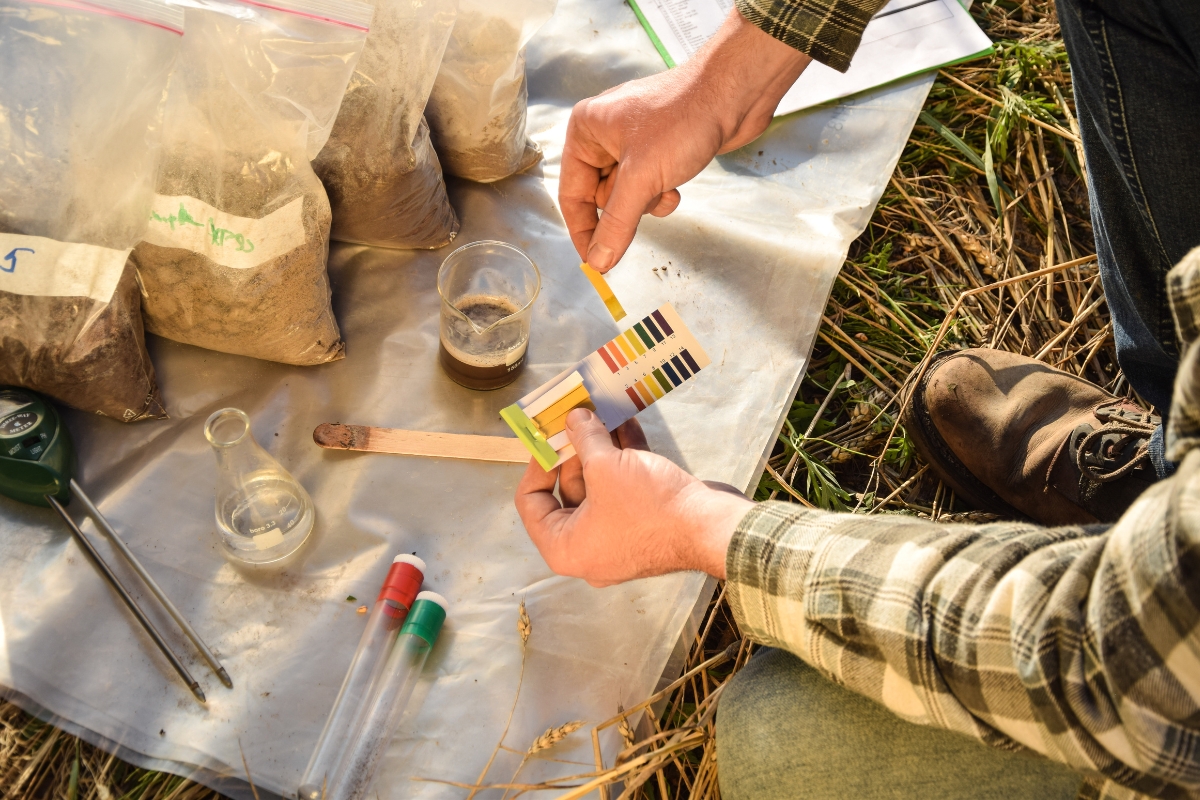
Even with proper soil testing and site evaluation, certain soil-related issues may arise during the lifespan of a septic system. Understanding these issues is crucial for effective maintenance and troubleshooting. Let’s explore some common soil-related problems encountered in septic systems:
- Drainfield Saturation: Inadequate drainage due to heavy rainfall or high water tables can lead to drainfield saturation. When the drain field becomes saturated, wastewater may not be adequately treated, leading to backups or surfacing of effluent. Regular monitoring and proper landscaping practices can help mitigate this issue.
- Soil Compaction: Soil compaction can occur over time due to heavy machinery, vehicle traffic, or construction activities. Compacted soils have reduced pore spaces, limiting water movement and affecting septic system performance. Aerating the soil and avoiding heavy loads on the drainfield area can help alleviate compaction issues.
- Root Intrusion: Tree roots seeking moisture and nutrients can infiltrate septic system components, including pipes and the drainfield. This intrusion can disrupt wastewater flow and cause blockages or damage. Regular inspection and proper landscaping practices, such as planting trees away from septic system components, can prevent root intrusion.
- Erosion: Soil erosion around the septic system components can expose pipes or disrupt their alignment, leading to leaks or malfunctions. Proper grading and landscaping practices that promote water runoff away from septic system components can help prevent erosion.
By addressing these common soil-related issues promptly and implementing appropriate maintenance measures, homeowners can ensure the long-term functionality of their septic systems.
Incorporating Environmental Factors into Soil Testing for Sustainable Septic Systems
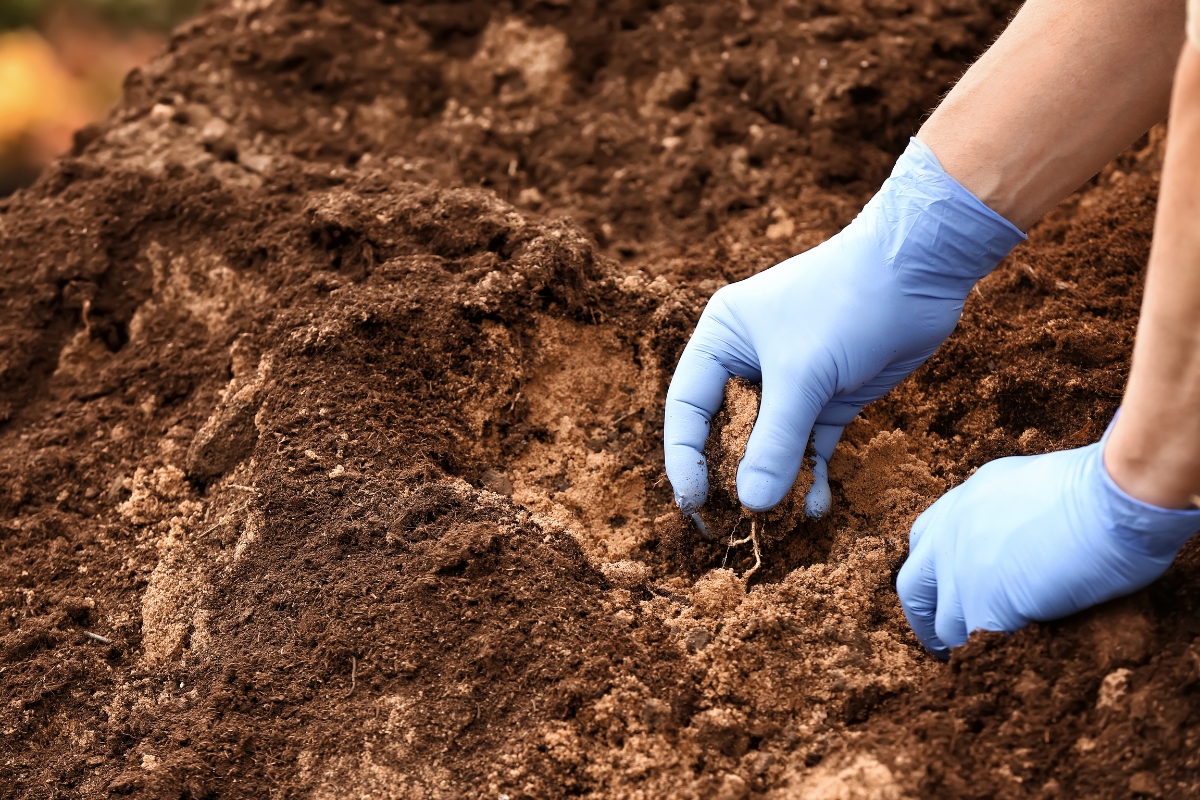
When it comes to ensuring the longevity and effectiveness of septic systems, one crucial aspect that often gets overlooked is incorporating environmental factors into soil testing. Proper soil testing for septic systems is essential for sustainable sanitation solutions.
Soil testing for septic systems involves analyzing the composition of the soil to determine its drainage capabilities, nutrient content, and overall suitability for supporting a septic system. By considering environmental factors such as soil type, water table levels, and proximity to bodies of water, it is possible to design and install septic systems that are not only efficient but also environmentally friendly.
One of the key benefits of incorporating environmental factors into soil testing for septic systems is the ability to minimize the risk of groundwater contamination. By understanding the soil’s filtration and absorption capabilities, it becomes easier to design a septic system that effectively treats wastewater before it reenters the groundwater system.
Additionally, by taking into account factors such as soil permeability and slope, it is possible to design septic systems that minimize the risk of surface water contamination. Proper soil testing can help determine the ideal location for the septic system to ensure that runoff from heavy rains does not carry pollutants into nearby water bodies.
Moreover, considering environmental factors in soil testing for septic systems can also help in preserving the ecosystem around the property. By understanding the soil’s ability to support vegetation and microbial activity, it is possible to maintain a healthy balance in the surrounding environment while effectively treating wastewater.
The Role of Professional Soil Testing in Ensuring Long-Term Septic System Health
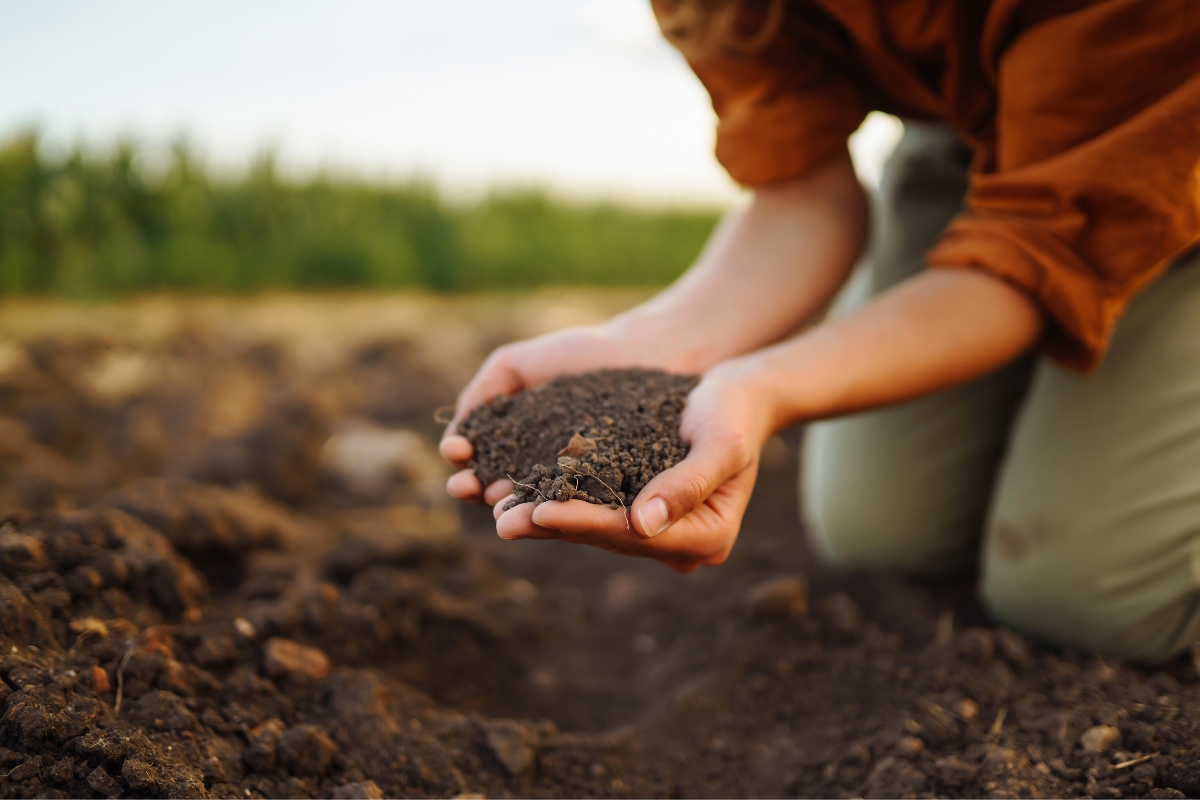
Professional soil testing plays a crucial role in ensuring the long-term health and functionality of septic systems. By engaging qualified professionals, homeowners can benefit from their expertise in assessing soil suitability, designing appropriate septic system configurations, and providing recommendations for maintenance and troubleshooting.
Professional soil testing provides accurate data about soil composition, permeability rates, compaction levels, and other factors that influence septic system performance. This information allows professionals to make informed decisions during the design phase and ensure that the septic system is installed in a location with suitable soils for effective wastewater treatment.
Furthermore, professional soil testing helps identify potential issues or risks early on. By detecting factors like poor drainage or high clay content during the site evaluation process, professionals can recommend appropriate measures to mitigate these issues before they impact septic system functionality.
Regular monitoring of soil conditions through professional inspections also allows for timely maintenance or adjustments as needed. This proactive approach helps prevent costly repairs or system failures down the line.
Conclusion: Promoting Better Sanitation Through Informed Soil Testing Practices
Are you in need of septic soil testing services in Holly Springs, Acworth, Marietta, or the metro Atlanta area? Effective soil testing is essential for promoting better sanitation standards and ensuring the long-term functionality of septic systems. By understanding the importance of soil composition and its impact on septic systems, homeowners can make informed decisions about their installation and maintenance.
Ensure better sanitation and optimal performance of your septic system with professional septic services from Smart Septic Pros. Our expert team is dedicated to providing reliable and thorough testing to keep your system functioning efficiently. Contact us today at 678-993-4545 to learn more, or visit our website to fill out our contact form and request a service. Choose Smart Septic Pros for peace of mind and superior septic system maintenance.
